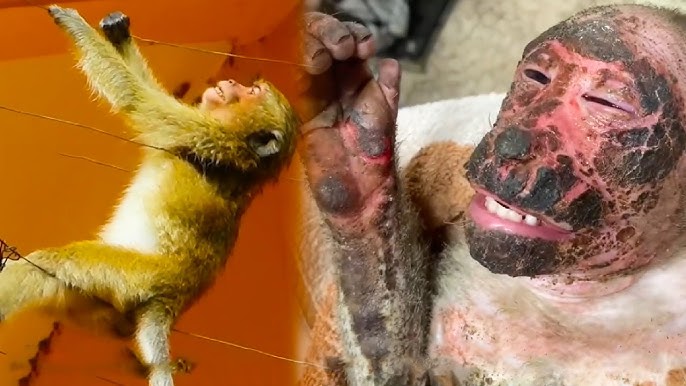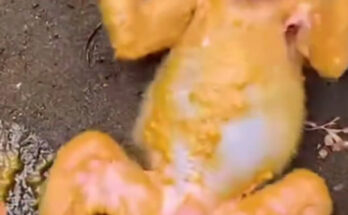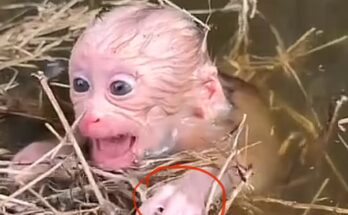In some regions, monkeys have been known to climb tall structures, including high voltage electricity poles, which can lead to dire consequences. While these primates are agile climbers, their interactions with electrical infrastructure often result in tragic outcomes. The combination of their natural curiosity and the accessibility of power lines creates a dangerous situation, both for the monkeys and for local communities reliant on consistent power.
Monkeys are intelligent creatures with the ability to navigate through a variety of terrains, including dense forests and urban environments. However, when they climb high voltage poles or wires, they risk coming into direct contact with live electrical currents. The consequences of such encounters can be catastrophic. The electric shock can instantly incapacitate the animal, often leading to a swift and painful death. In some cases, these incidents also cause widespread power outages that can affect thousands of people.
The unfortunate reality is that these incidents are not rare, particularly in areas where the jungle or wildlife habitats are near human settlements with power infrastructure. This creates a dangerous intersection where wildlife, particularly monkeys, and modern technology collide. The increased urbanization and expansion of human settlements into formerly wild areas exacerbate these interactions, making it crucial to address the issue.
To mitigate these dangers, it is essential for local authorities to implement wildlife-friendly measures, such as insulating power lines or constructing barriers that prevent animals from accessing dangerous infrastructure. Furthermore, educating communities about the risks and taking action to secure electrical systems can help protect both animals and human populations.
In conclusion, while monkeys are incredible climbers, their ability to scale high voltage electricity poles often leads to tragic outcomes. By focusing on prevention and creating safer environments for wildlife and humans, we can reduce the impact of these unfortunate events.



